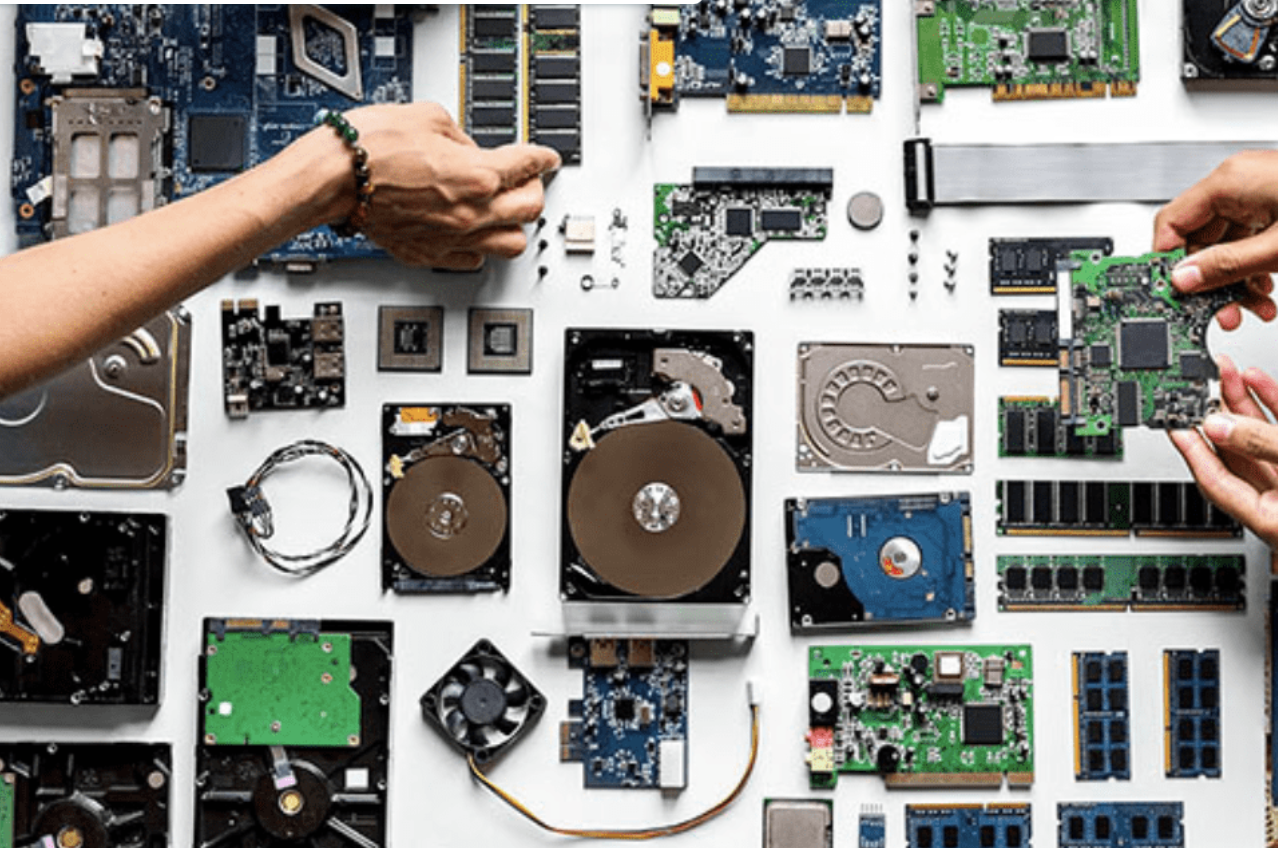
How to Choose the Best Embedded Integration Solution
Posted on December 15, 2021
Industrial applications are often complex. No two businesses have the same requirements, which can make getting the right tools for the job a bit difficult. This is especially the case with computers, as out-of-the-box systems rarely fit the bill.
But are custom-built boards even needed? And how do you choose the best-embedded PC integrator? Here’s an overview.
Why You Need Custom Integrated Computers
The problem with mass-produced boards is that they are general purpose. For a home PC, that’s not much of an issue, but embedded computers need to be more specialized. Some factors that necessitate this are:
- Cost: Partly, this is to keep the costs low. When you need to install a large number of embedded computers on a premise, you need to cut out all unnecessary features and components that drive up the price.
- Performance: The second reason is performance. If a particular application is memory intensive, you need to focus on that aspect rather than going with the standard RAM capacities.
- Ports: While embedded computers come with a large number of ports by default, some applications require more connectivity options than others. Some PCs have to be installed as a part of a network of machines and need enough ports to interface with everything. A custom-built board can deal with that.
- Cooling: Industrial locations vary a lot in their conditions. Places like a server room come with air conditioning, but other situations are not as forgiving. This influences your decision on whether you need a normal embedded computer or a rugged PC that has fanless cooling.
- Addons: With the growing popularity of AI and machine learning algorithms, the inclusion of graphics cards is often required in embedded systems. Many PCs also need other extension cards for additional features like an SSD or network card. Integrating these addons requires choosing the right motherboard form factor along with installing the card itself.
- Software: Embedded computers aren’t loaded with a standard Windows installation that can be modified with additional apps when required. Industrial PCs are meant for specific jobs and are thus loaded with specialized images that contain a set of tools needed for it. This requires the manufacturer to understand the requirements of the application and design a custom loadout for it.
This is why you should always look for a company that can assemble custom boards for your specific applications instead of just going with a standard model. Leading manufacturers will already have a diverse range of options designed for various scenarios, which can be adapted with minimal changes to reflect your needs.
What Should You Look For in an Embedded Systems Provider?
Embedded integration can be a complicated process. The use-case has to be carefully considered, a set of components decided upon, and then a design finalized incorporating everything in a seamless package.
A good embedded systems provider will begin with a prototype. A custom board designed to the customer’s specifications is an important starting point to test the efficacy of the build and catch any issues before going into production.
Intel or AMD, Celeron or Ryzen, choose a provider that offers components from various manufacturers and product lines. Balancing the cost and the life-cycle of the computer is made easier by considering all the options available.
And finally, look for a company willing to take care of testing and certifications. As your boards will be custom-built, you would need to make sure that they adhere to all rules and regulations laid down by the authorities. The process is greatly simplified if the embedded integrator automatically secures regulatory compliance for the computers.
Verdict
On the face of it, integrating an embedded computer seems like child’s play. All you need is to slap together the best components and you have a great embedded system. Unfortunately, it isn’t that simple.
From keeping the costs low to ensuring perfect heat distribution, there are a variety of factors at work when integrating a computer meant for industrial or commercial purposes. Then there are the specific needs of the application itself that must also be taken into account.
And that’s just the design phase. Once a prototype has been tested and moved into production, things like imaging and certifications come into play as well. This is why Global American follows a comprehensive nine-step approach, covering the entire spectrum of needs from conceptualization of the product to lifecycle management for our clients.
When it comes to integrating embedded systems, our experience and wide range of successful projects help us create the perfect solution for a given task. If you need a custom computing solution for your application, Global American is the way to go.
